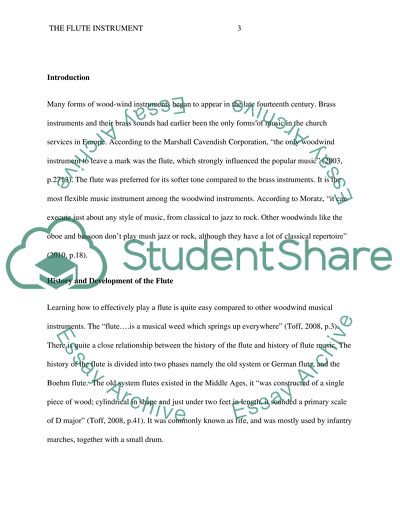Cite this document
(“MUS 121 Research Paper on The Fulte Instrument”, n.d.)
Retrieved de https://studentshare.org/music/1466689-mus
Retrieved de https://studentshare.org/music/1466689-mus
(MUS 121 Research Paper on The Fulte Instrument)
https://studentshare.org/music/1466689-mus.
https://studentshare.org/music/1466689-mus.
“MUS 121 Research Paper on The Fulte Instrument”, n.d. https://studentshare.org/music/1466689-mus.


